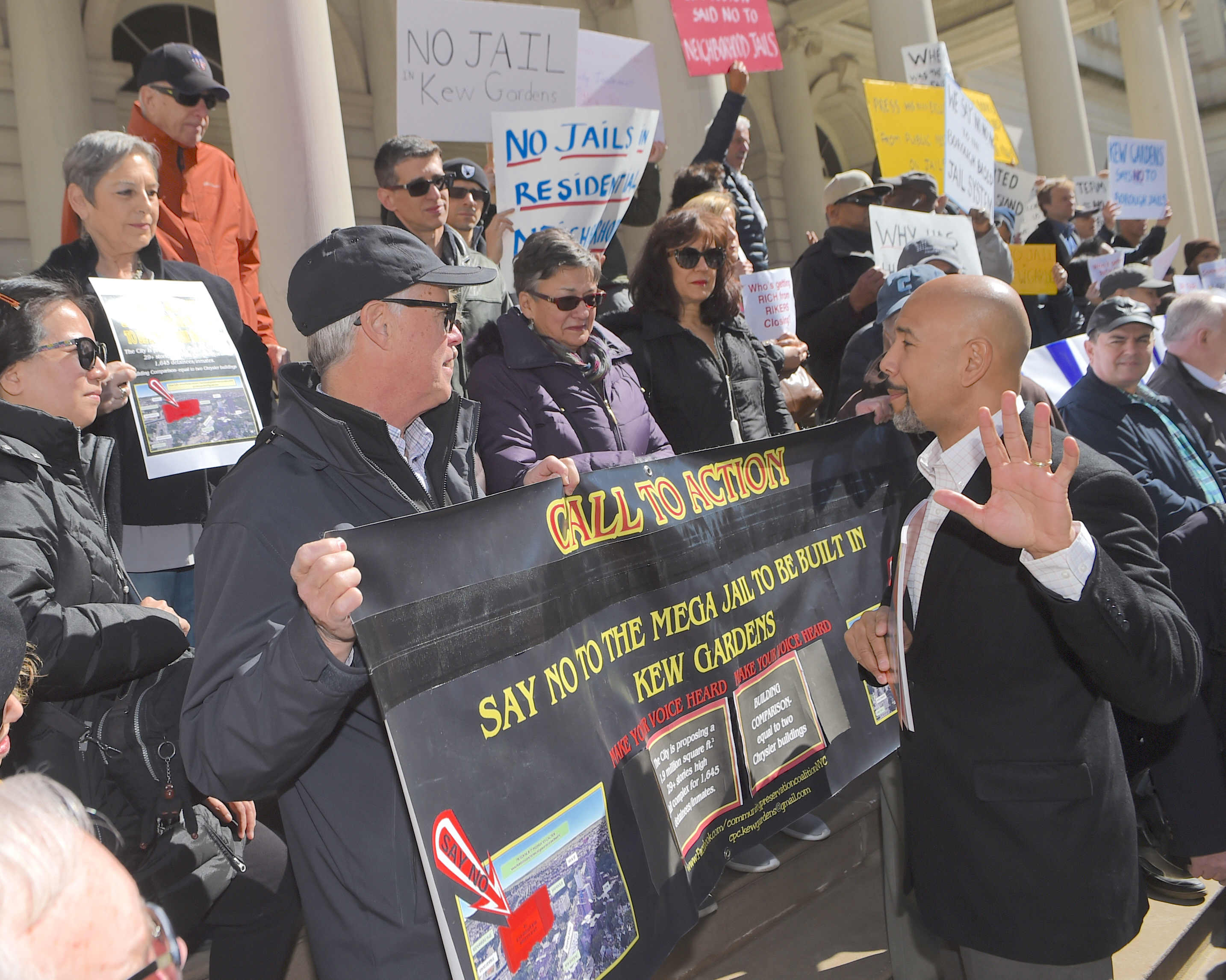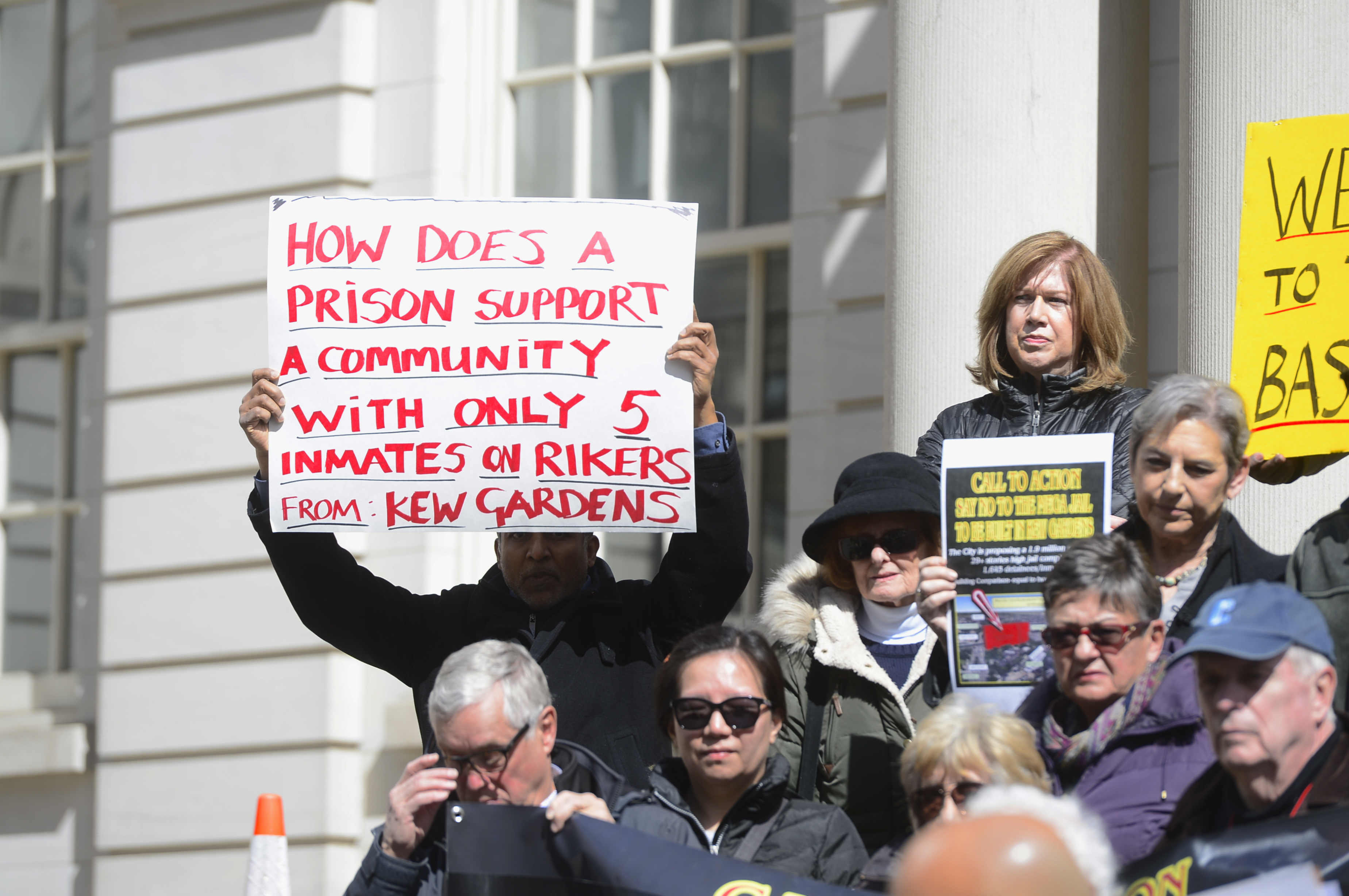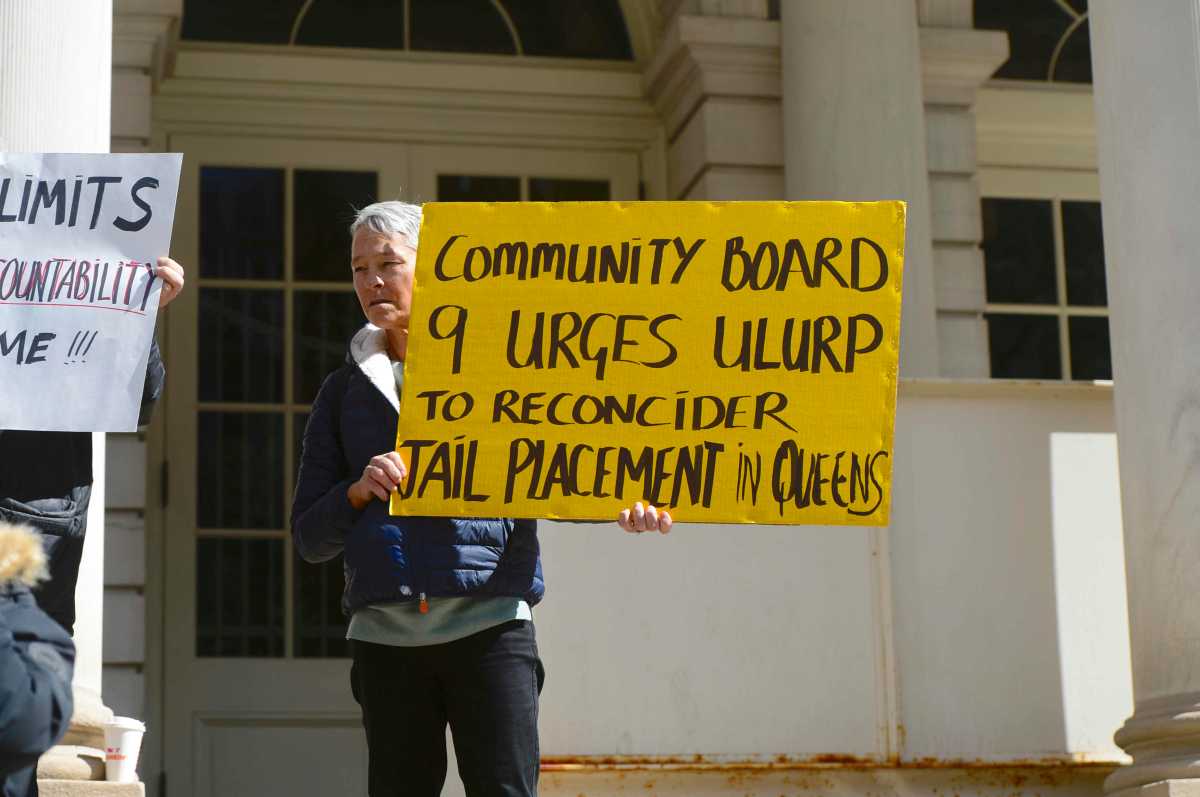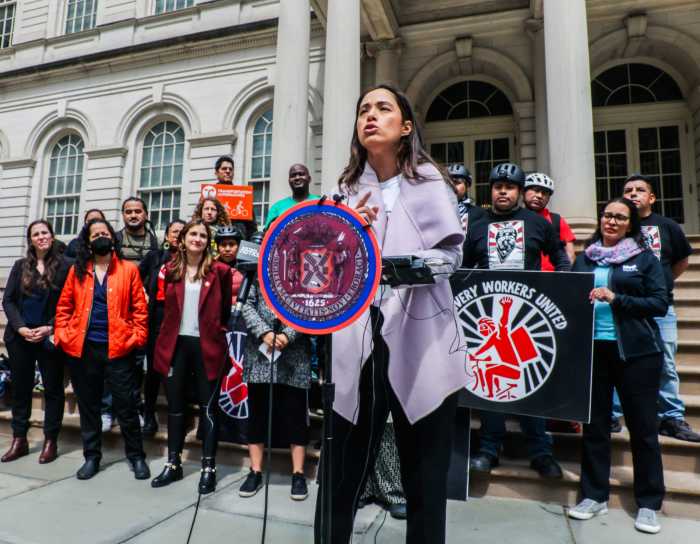The City Council voted earlier this month to close Rikers Island by 2026, and now the city’s considering how to build jails in four of the five boroughs that will please leaders in each community.
Part of that plan is to reduce the jail population from more than 6,000 to less than 3,300.
The task will take finesse by the next mayor as Bill de Blasio, who pushed for the closing of Rikers Island in Queens, will be out of office after 2021. As the 2026 deadline approaches, the debate figures to only heat up, as the city and communities cope with the estimated $8 billion cost to replace the jails.
Some neighborhoods are already resisting attempts to build massive jails to replace existing facilities, with only Brooklyn having come to a tacit agreement to reduce the building height from 45 to 30 stories.
Despite opposition from the Corrections Officers Benevolent Association to closing Rikers, most elected officials were in favor of closing the facility. At its peak, Rikers Island held 23,000 inmates during the notorious crack epidemic of the 1980s and 90s.
However, there is little agreement on how to build replacement, borough-based jails. The combined capacity for these jails is reduced from current Rikers levels, so there are questions as to how to deal with the expected population in 2026.
Many leaders maintain that mental health facilities will take up some of the slack as many of those in jail are mentally ill and should instead receive treatment.
Brooklyn Borough President Eric Adams, a former NYPD captain, advocates cutting jail populations by treating the mental illnesses and other symptoms that cause criminal behavior. He said 55 percent of those in jail have learning disabilities, 46 percent have mental health issues, 30-40 percent are dyslexic, and 80 percent don’t have a high school diploma.
“When you do an analysis of the men and women who are on Rikers, they come from areas where services are lacking,” Adams said. “I believe in restorative justice to focus on areas where those services are needed. We need to close the pipeline that feeds Rikers.”
Bronx Borough President Ruben Diaz Jr. maintains his opposition to building the new jail at the Mott Haven Tow Yard and instead of building it next to the existing Bronx Hall of Justice. He maintains that including all four jails one Uniform Land Use Review Process instead of separate reviews in each borough was “wrong.”

“I sincerely hope that the city’s failure to engage with the community on site selection for such a major infrastructure project will not adversely impact this borough for decades to come,” Diaz said in a statement.
Manhattan Borough President Gale Brewer maintains numerous pre-conditions for a 29-story jail on the site of the Tombs. A new jail faces heavy opposition from the Chinatown community.
In Brewer’s ULURP application, she seeks a reduction in the size of the jail, removal of the entrance from Baxter Street to busy Centre Street, a 40,000 square foot community facility that excludes the ground floor, and a myriad of social service and Department of Corrections changes – some of those ideas shared by other boroughs.
Brewer fully supported closing Rikers, but also seeks to restrict it permanently from being eligible for correctional or residential construction – thereby reducing its value to developers and therefore less return to the city towards the new jail construction costs. Governor Andrew Cuomo is also considering using the island to extend runways for LaGuardia Airport.
In Queens, current Borough President Melinda Katz is on pace to become the borough’s district attorney in November. In all likelihood, a new borough president will be in place next year, and in the years to come, will need to deal with the projected size and scale of a new borough based jail at the former Queens Detention Complex, adjacent to the Queens County Criminal Court House in Kew Gardens.
Nonetheless, Katz maintained her opposition to the size and scale of the planned construction of a new jail. The current plan calls for demolishing the former Queens Detention Center Complex, which is next to Queens Criminal Court. Like other older facilities, it will need asbestos abatement, raising the cost of demolition and time for completion.
Katz has criticized the mayor for not providing adequate input by the local communities in the ULURP process.

Staten Island is exempt from needing a new jail. Officials say the island does not produce enough people requiring incarceration locally.
Akeem Browder, president of the Kalief Browder Foundation that advocates for mental health treatment and crisis intervention during incarceration, says the goal should be to cut jail populations.
His brother, Kalief, for which the foundation was named, suffered for years as he awaited trial for stealing a backpack, for which charges were later dropped. Nevertheless, Akeem maintains, the emotional trauma Kalief suffered on Rikers Island led his brother to commit suicide.
“Rikers Island is torture for anyone who goes there, even for myself as a kid, so it is right to close it,” Browder said.
He said there are 1,200 people in Rikers on marijuana offenses alone, so it is “very possible to reduce jail populations” through marijuana decriminalization. He added that the jails can be constructed at much lower cost because “so many people shouldn’t even be there – many never convicted of a crime.”
“These jails need to be planned in ULURP with the people that need to be involved,” Browder said. “We need to do this right because we can’t afford another Kalief Browder.”





































